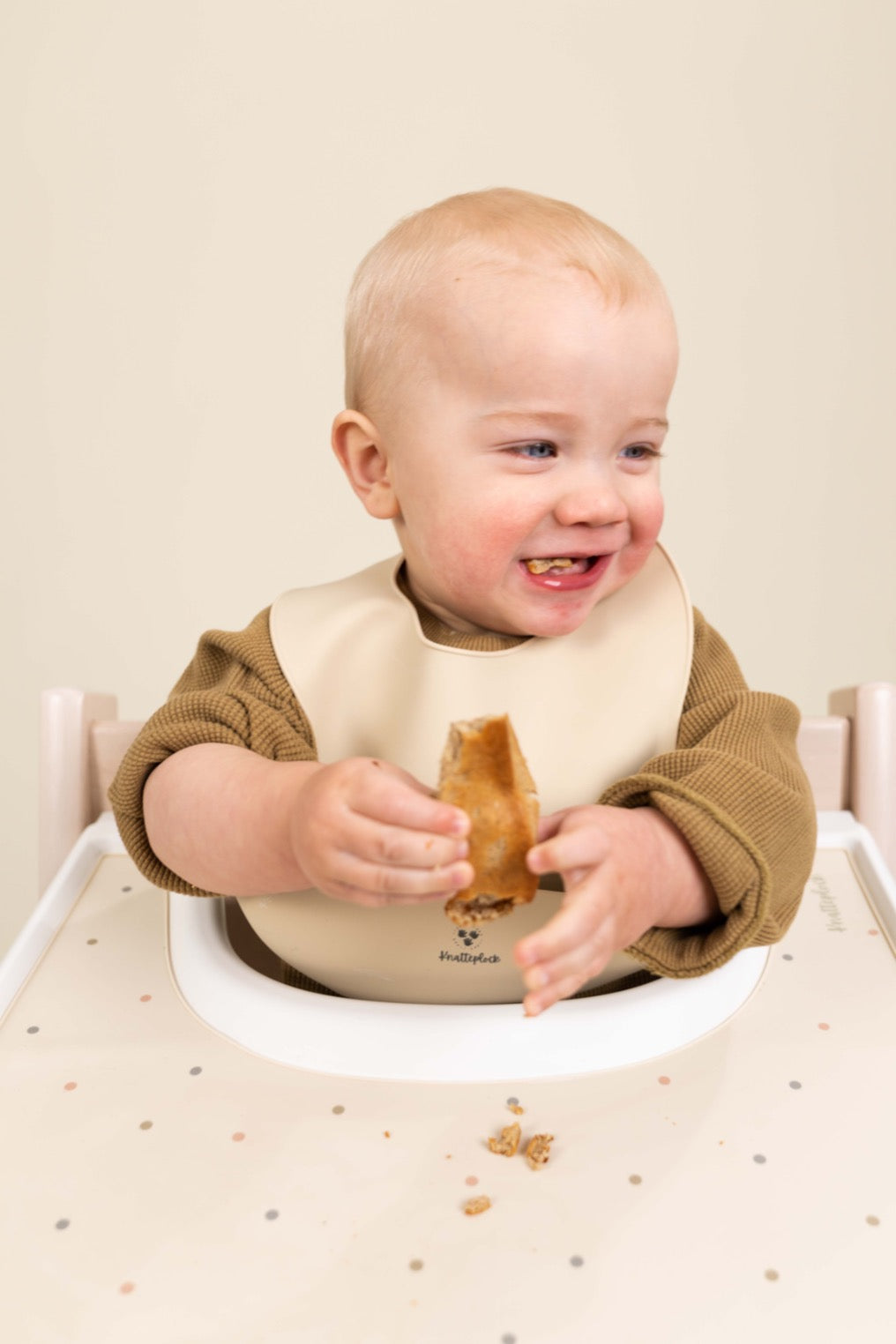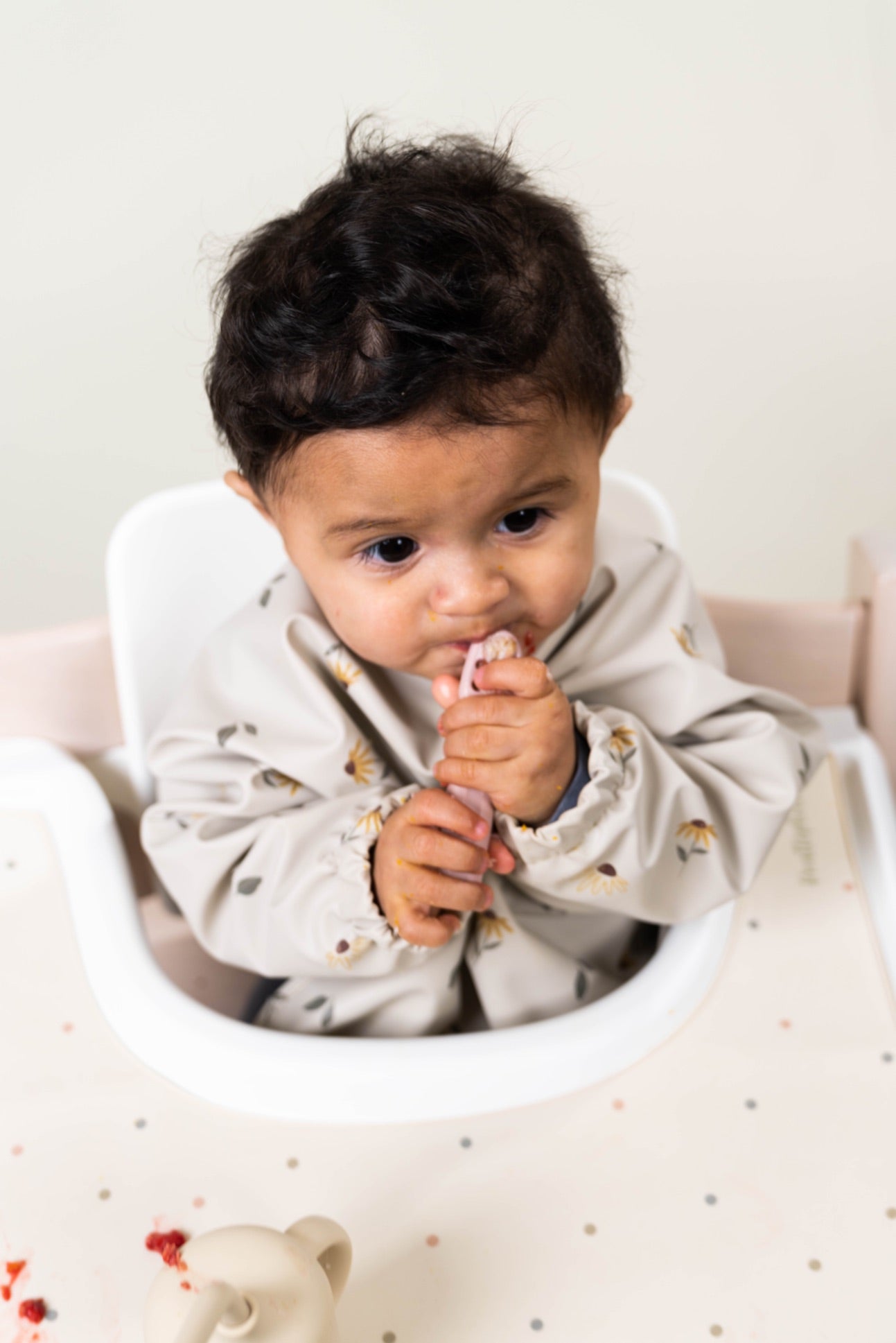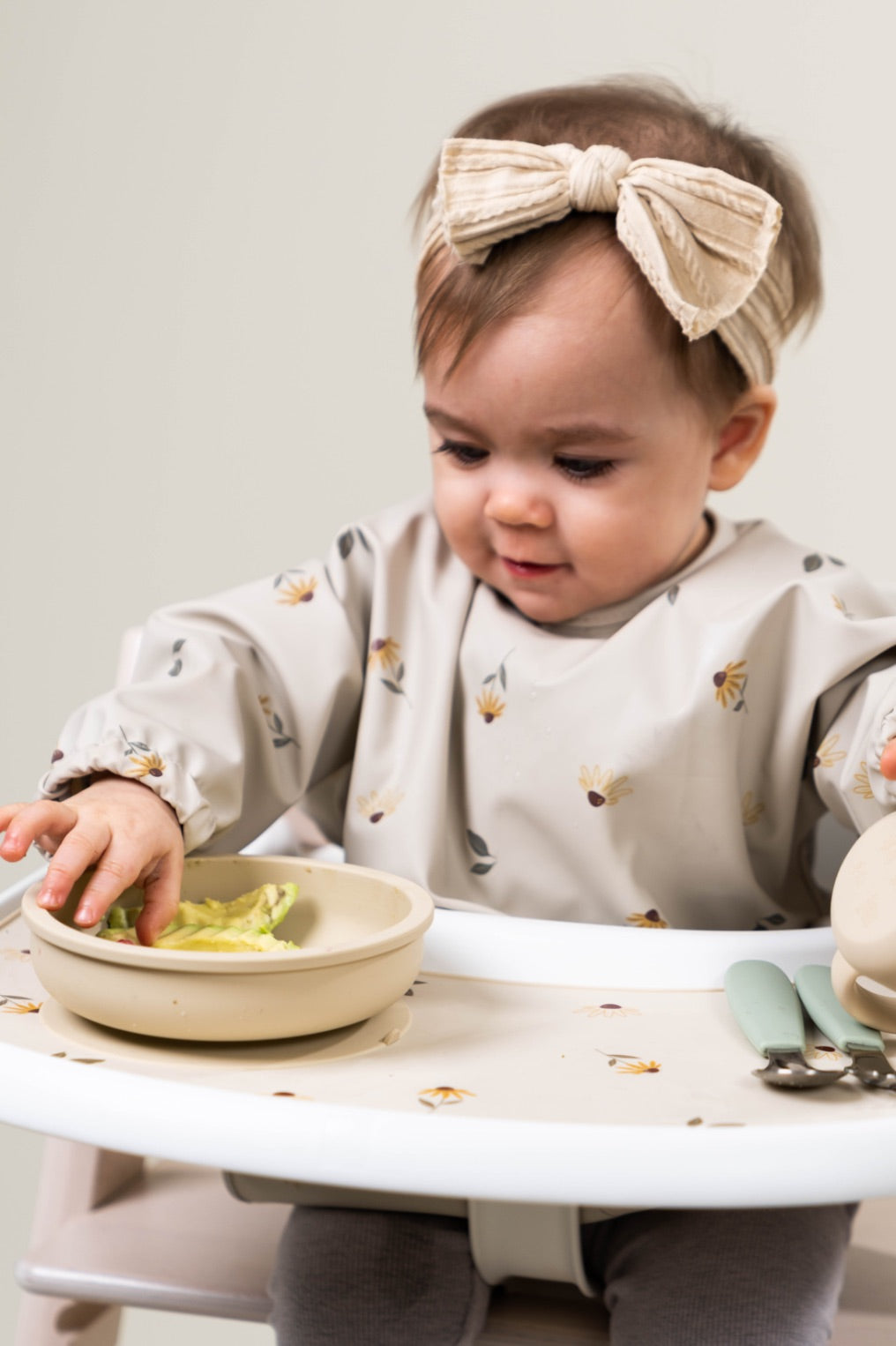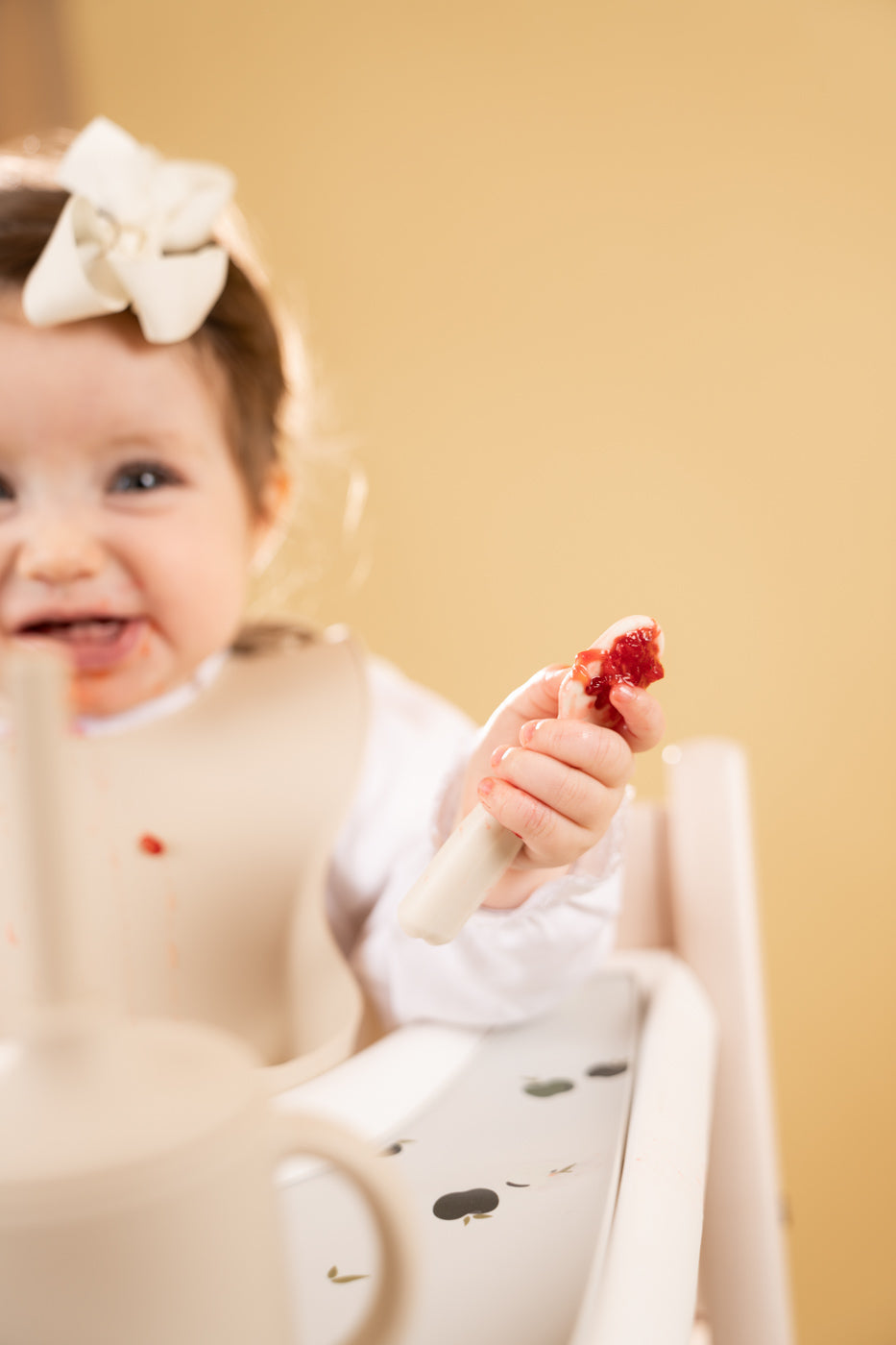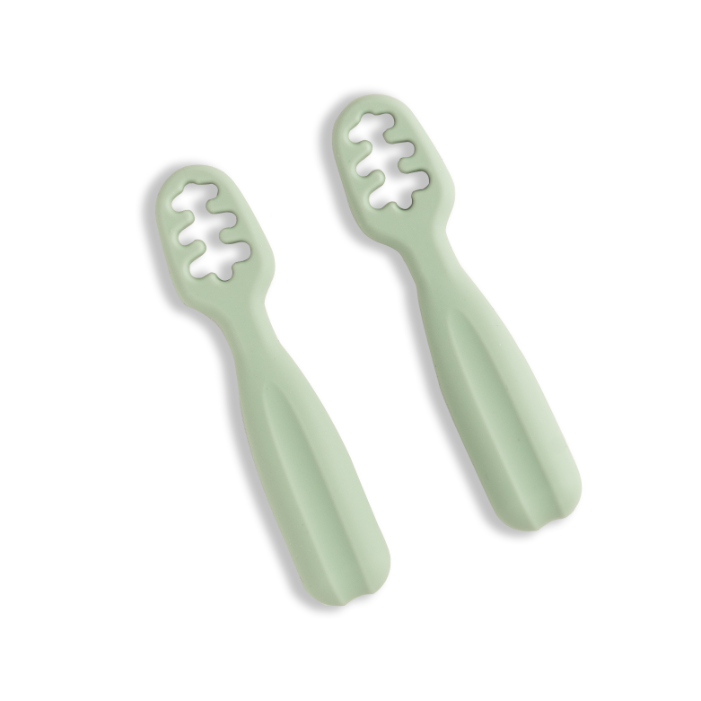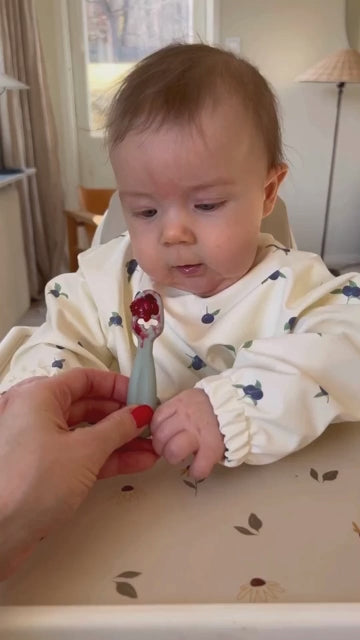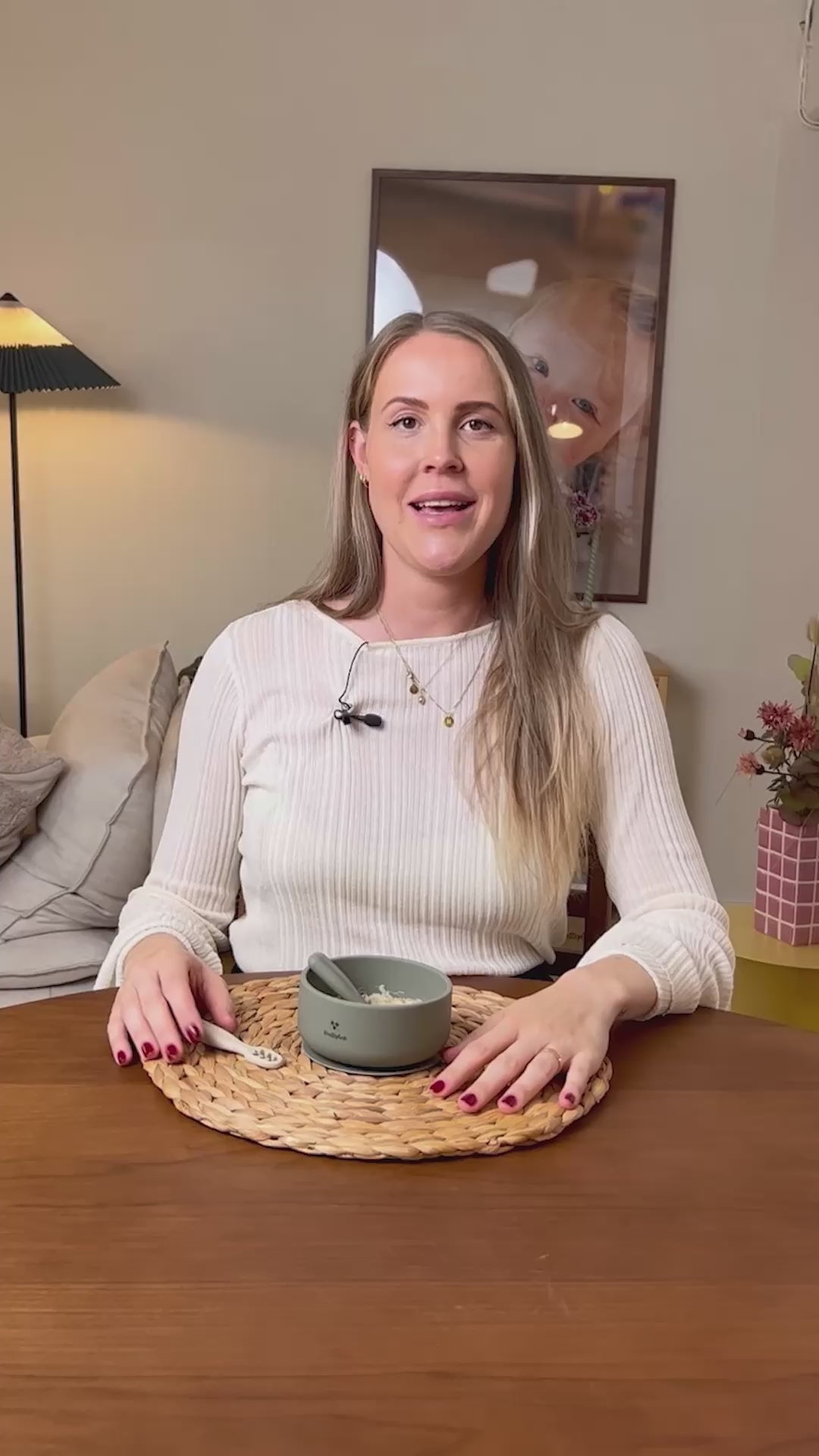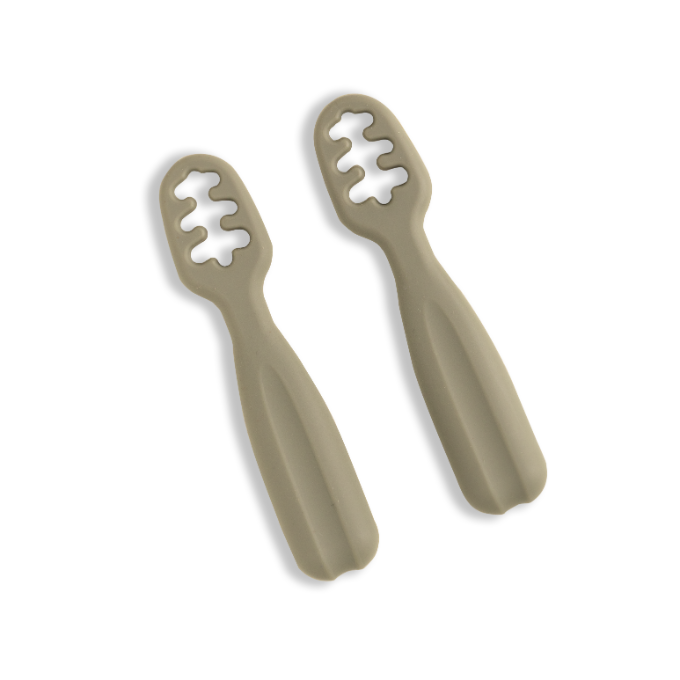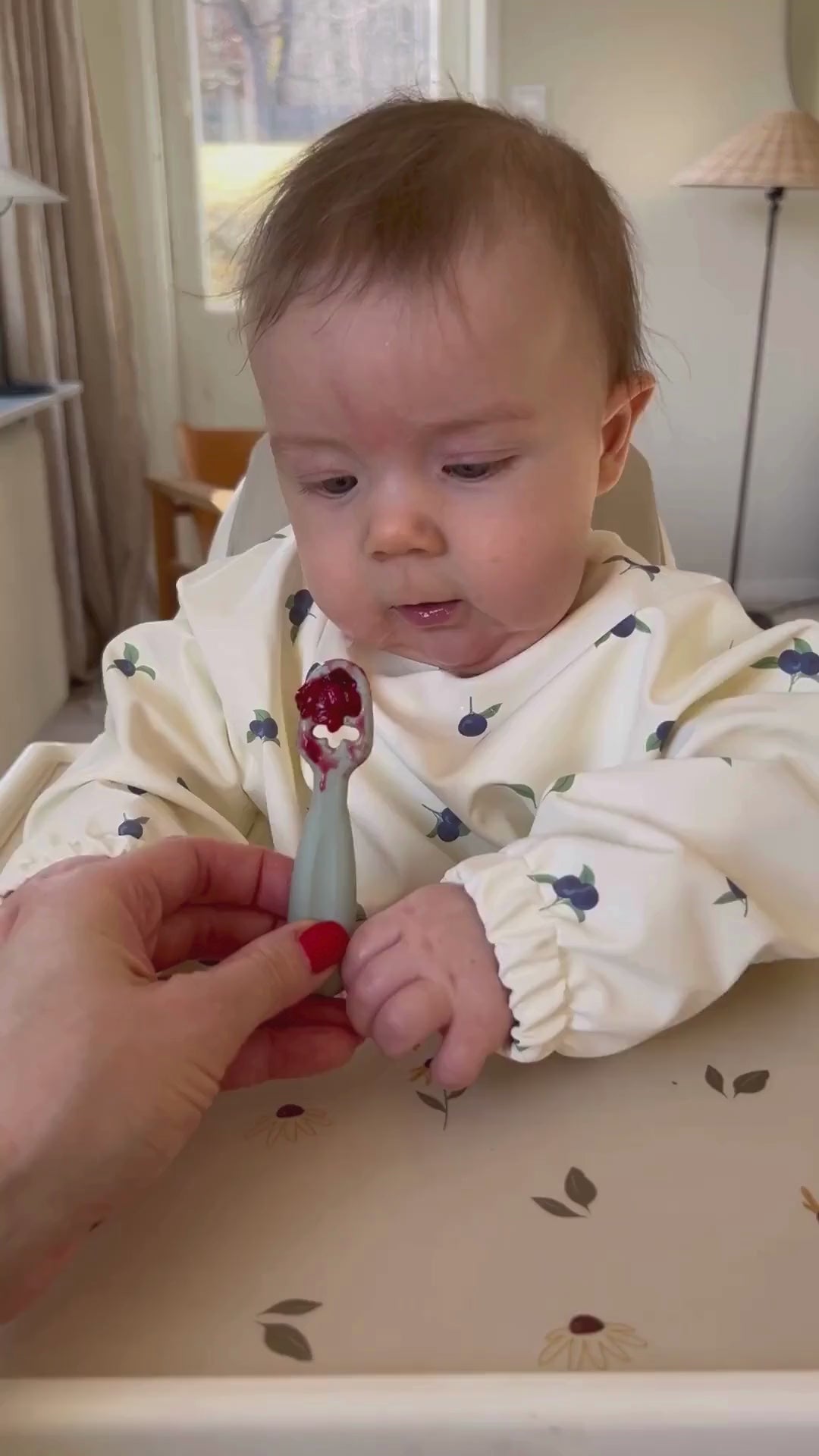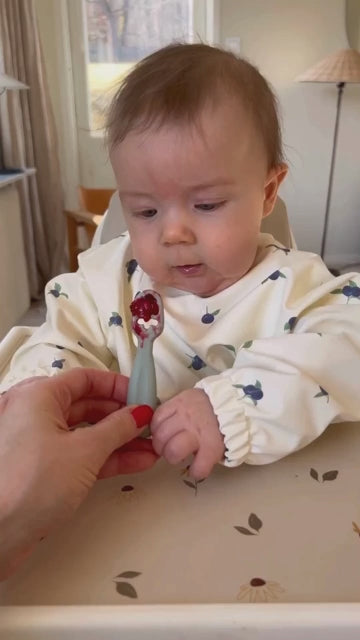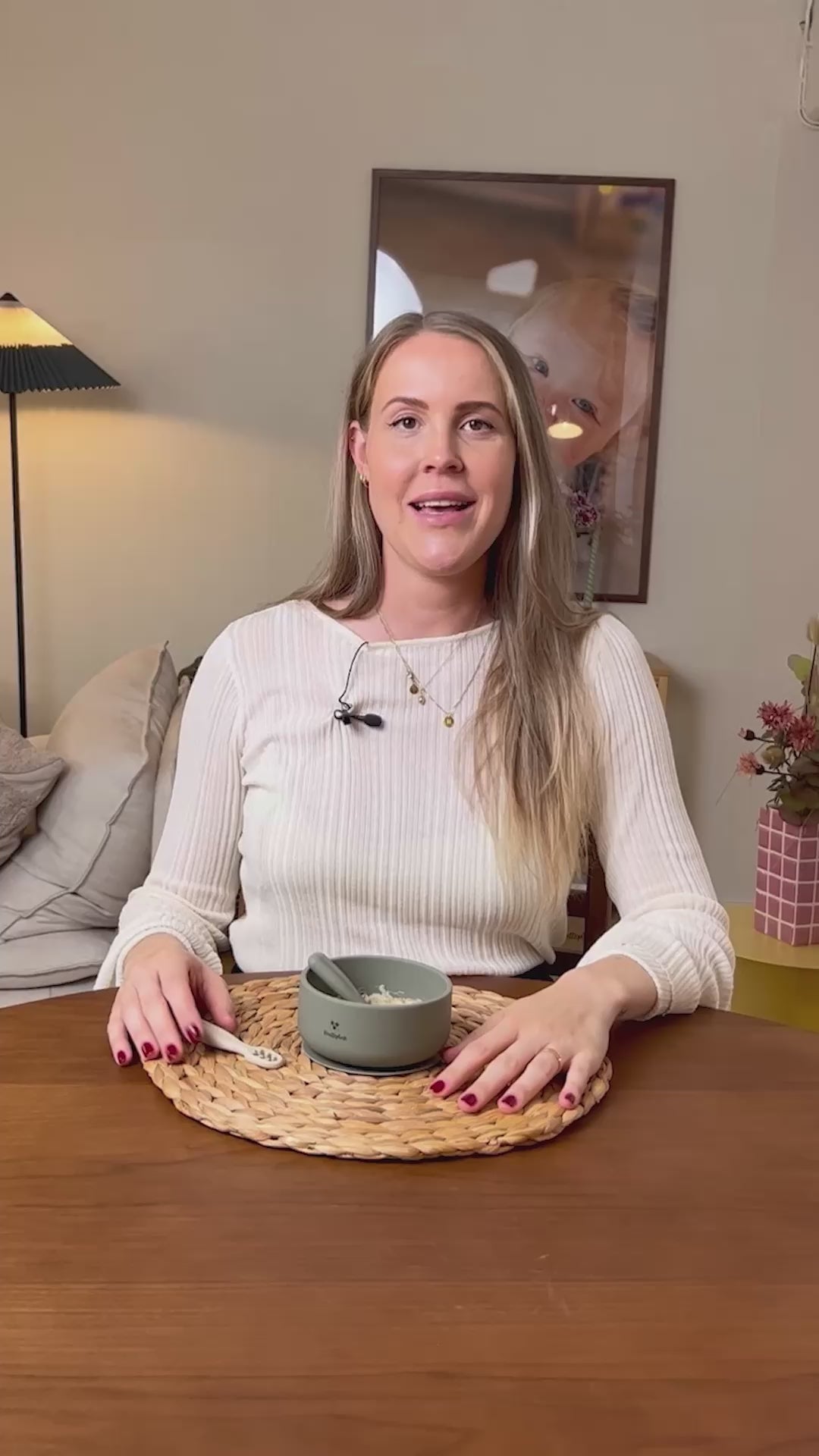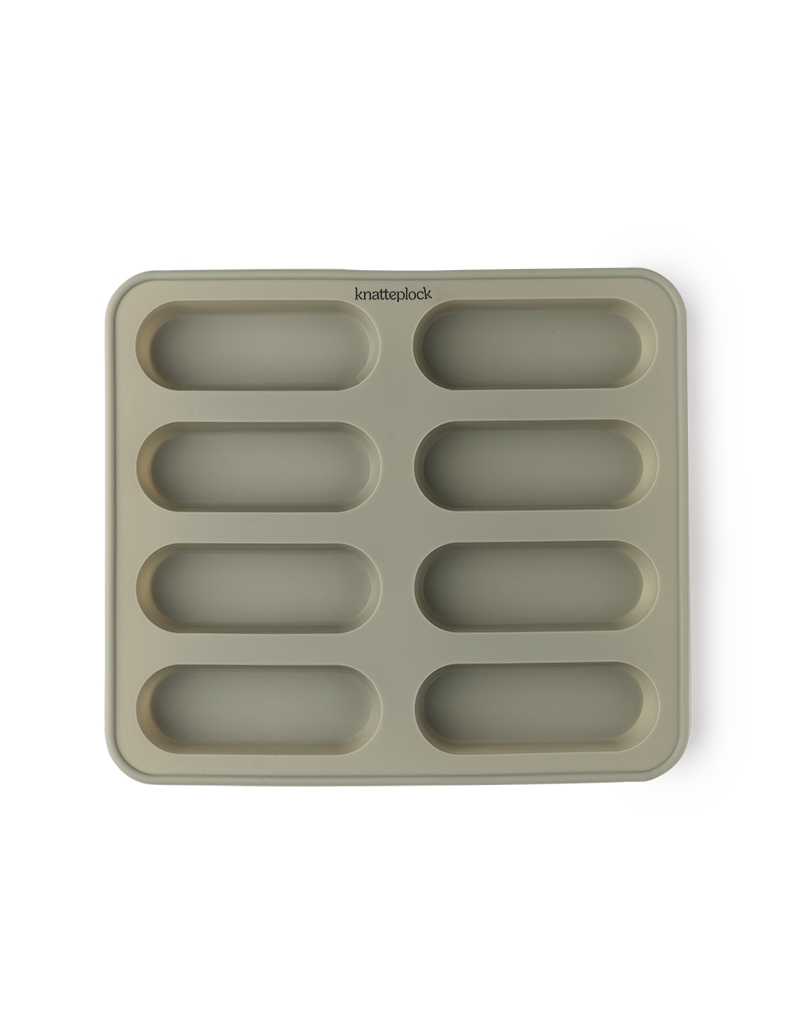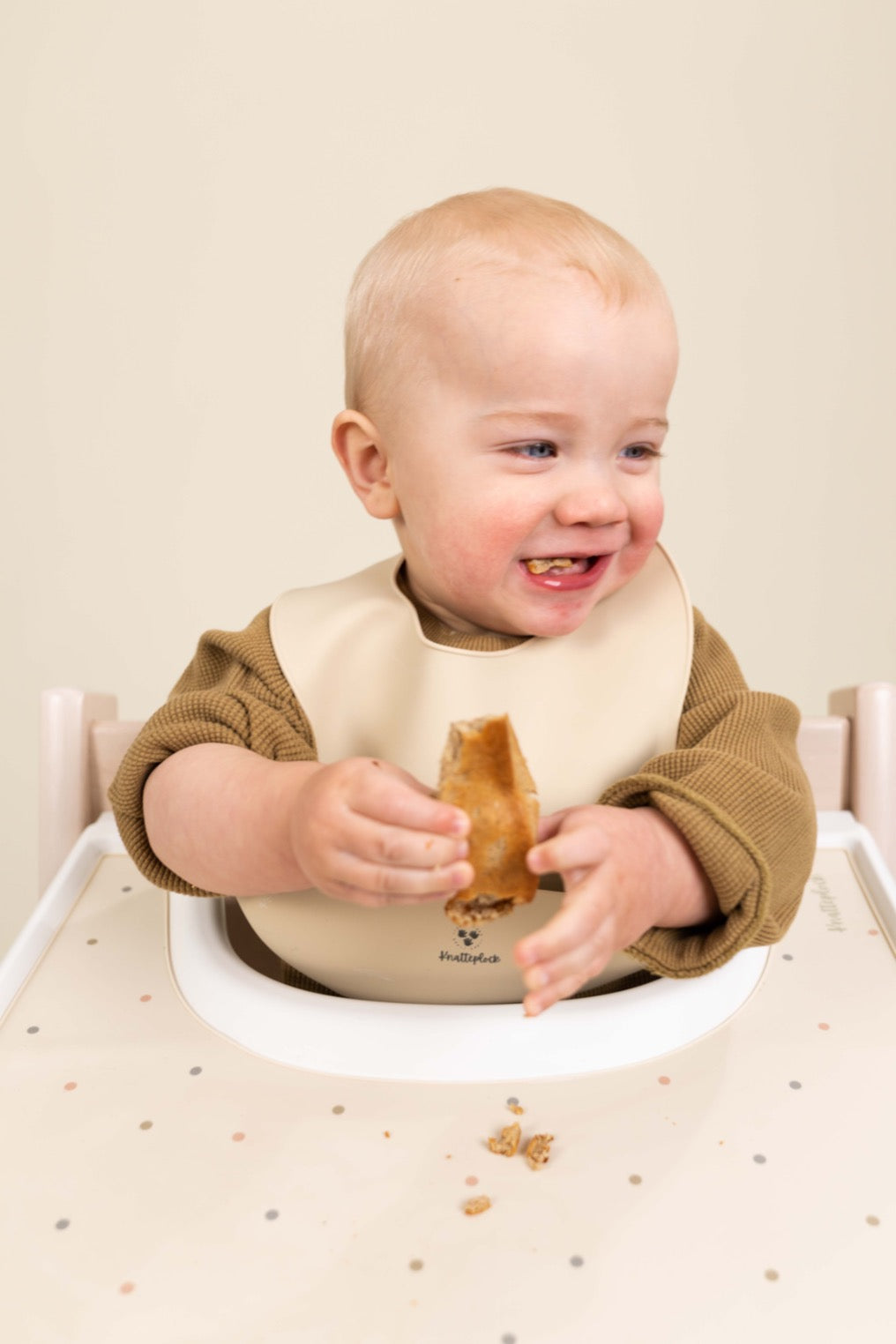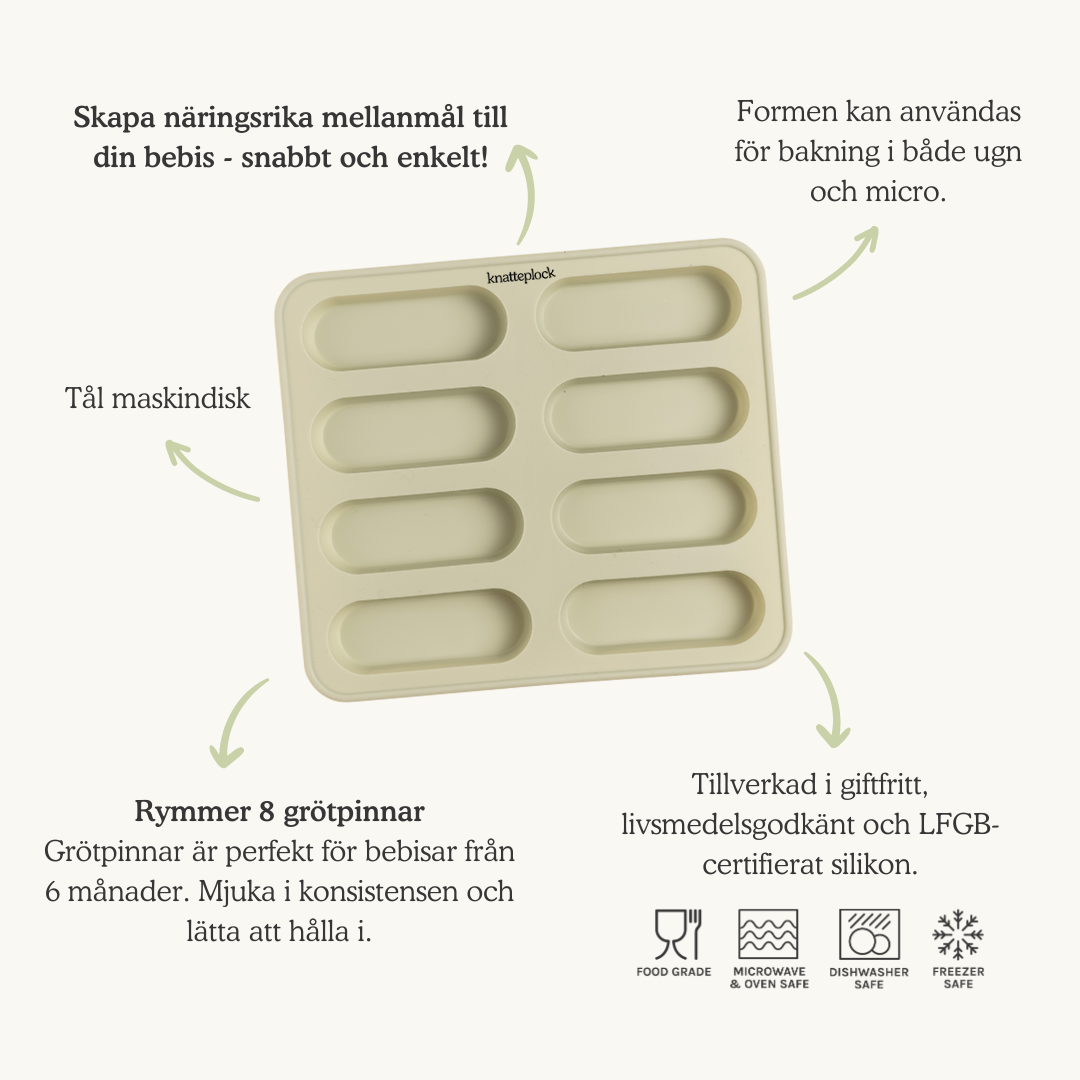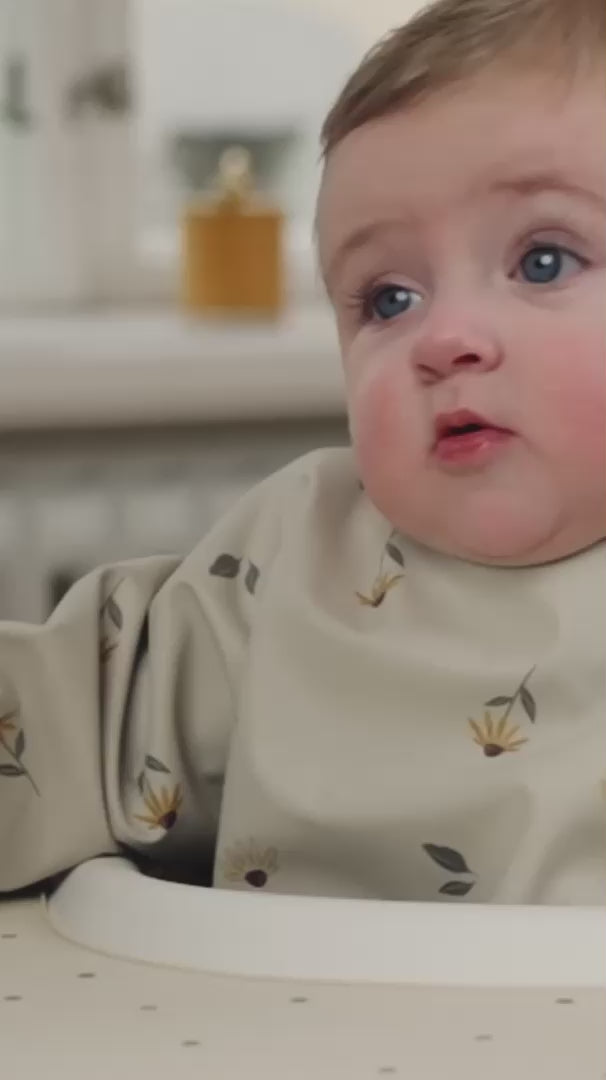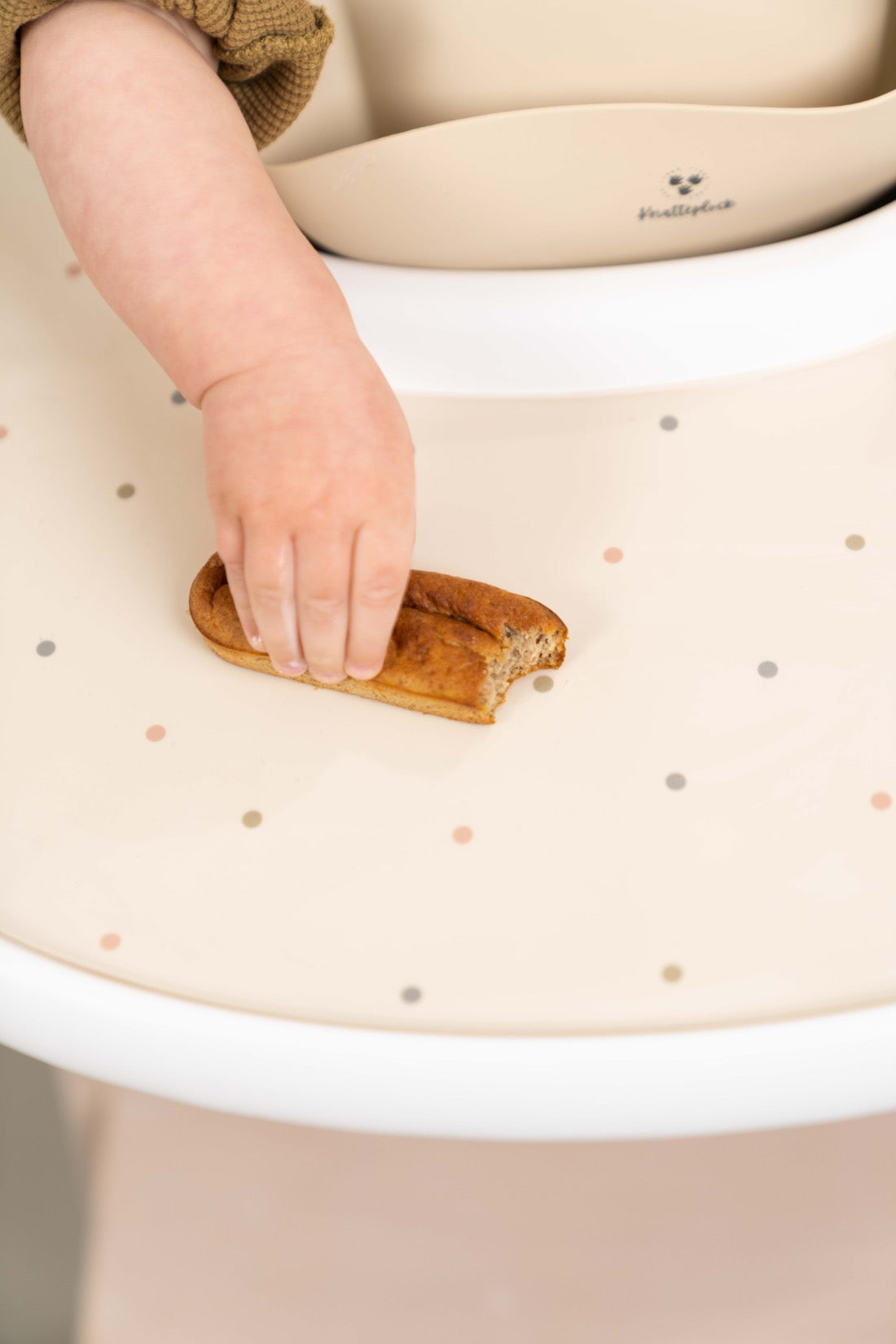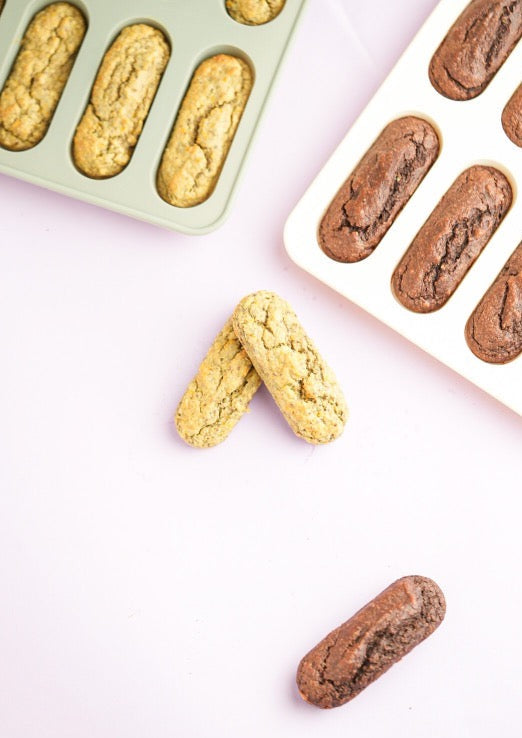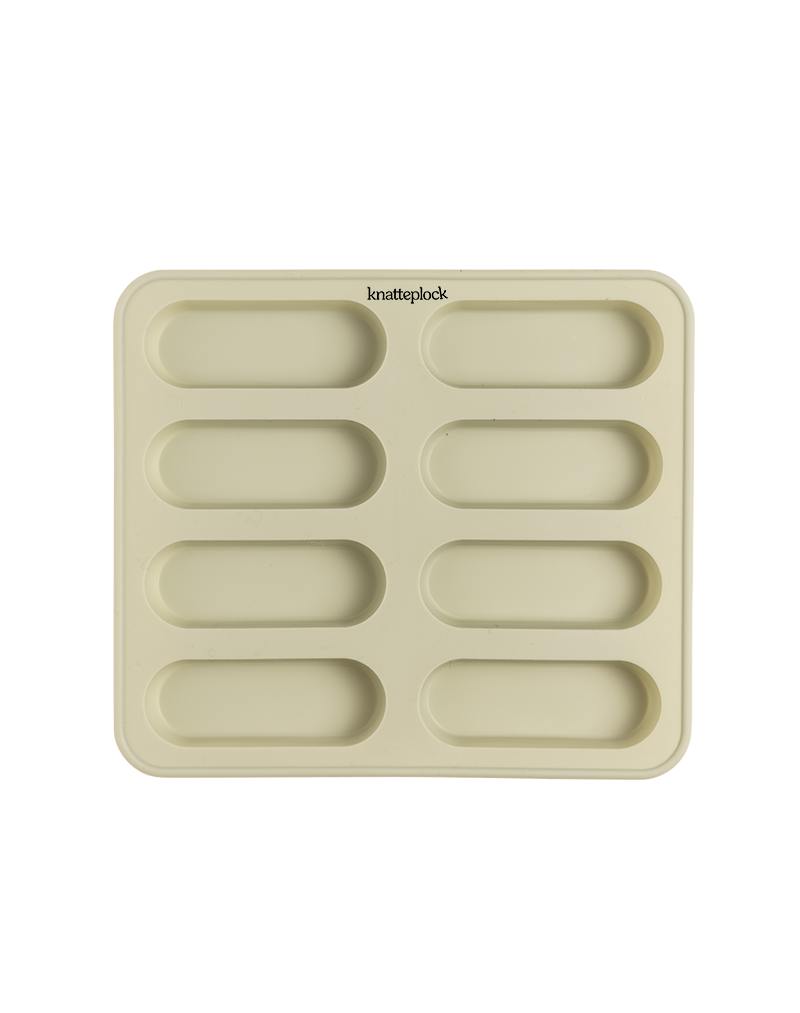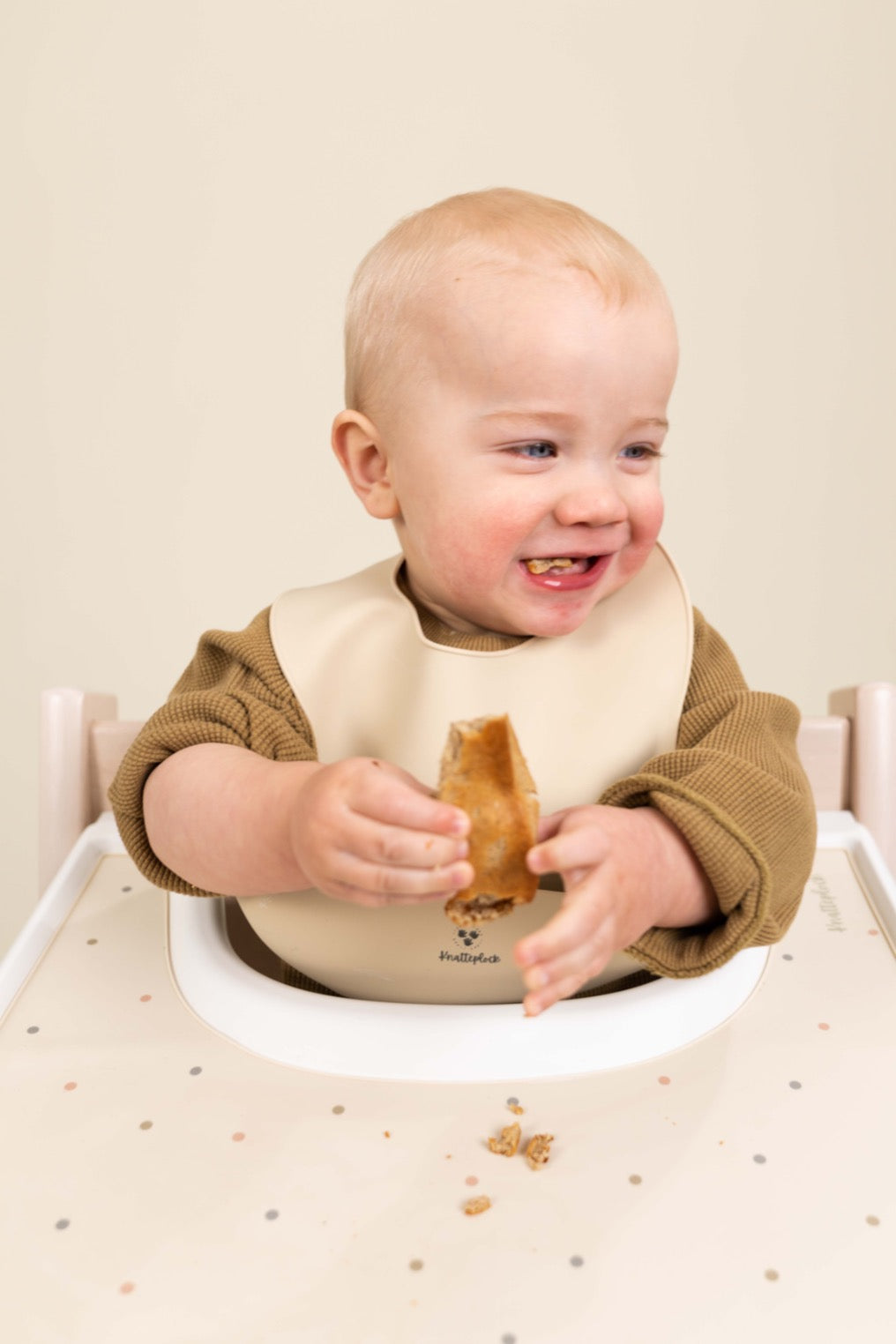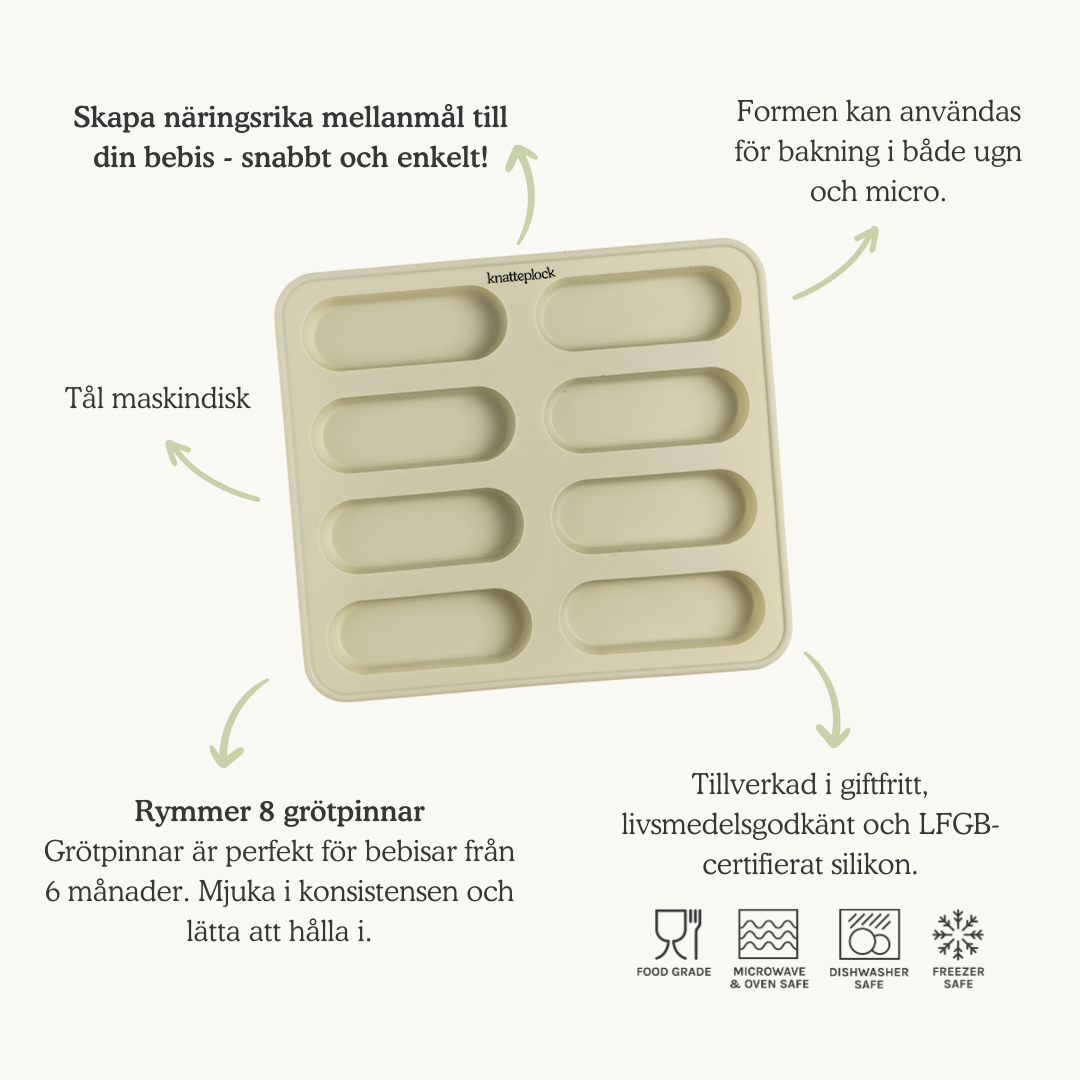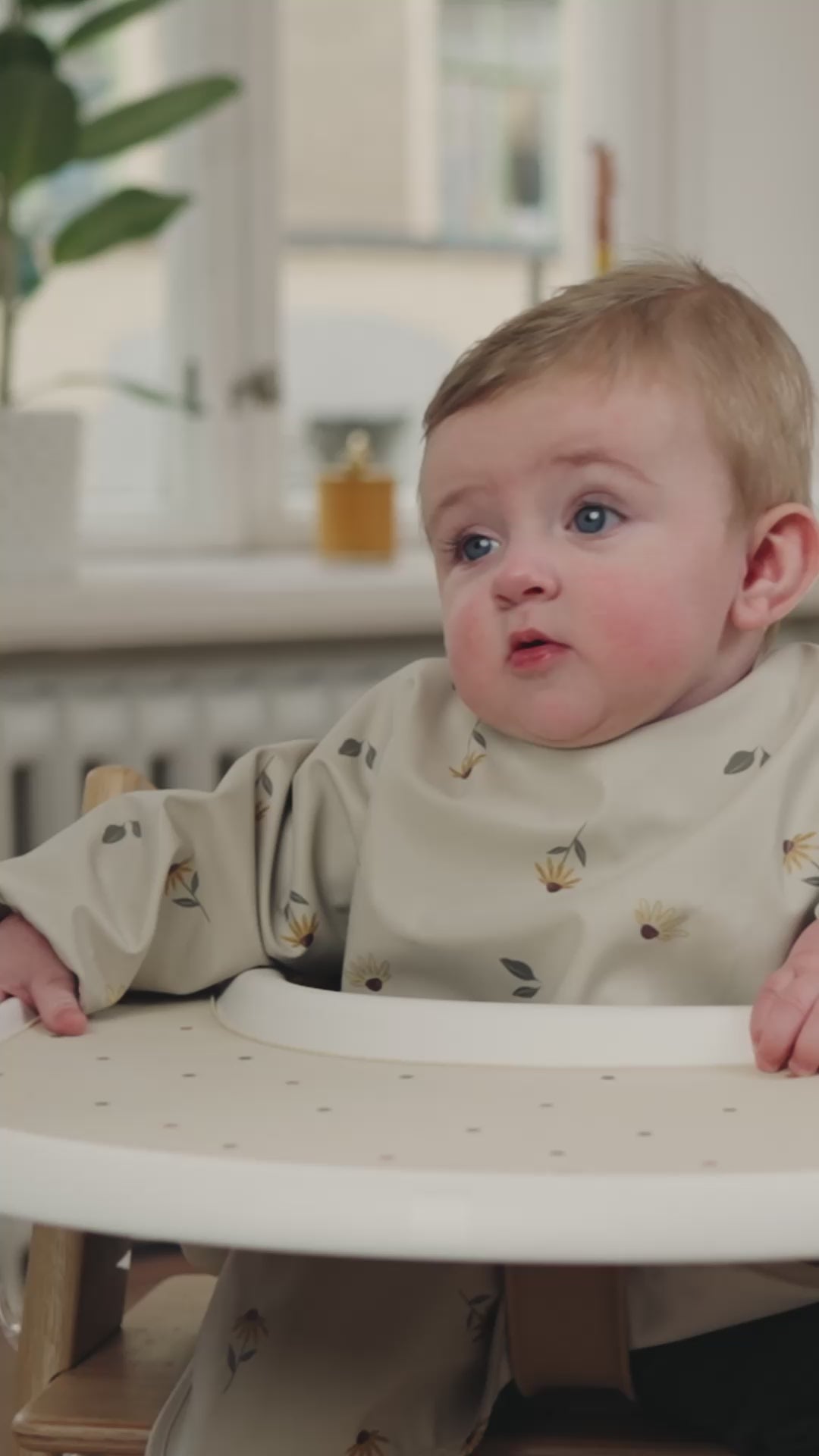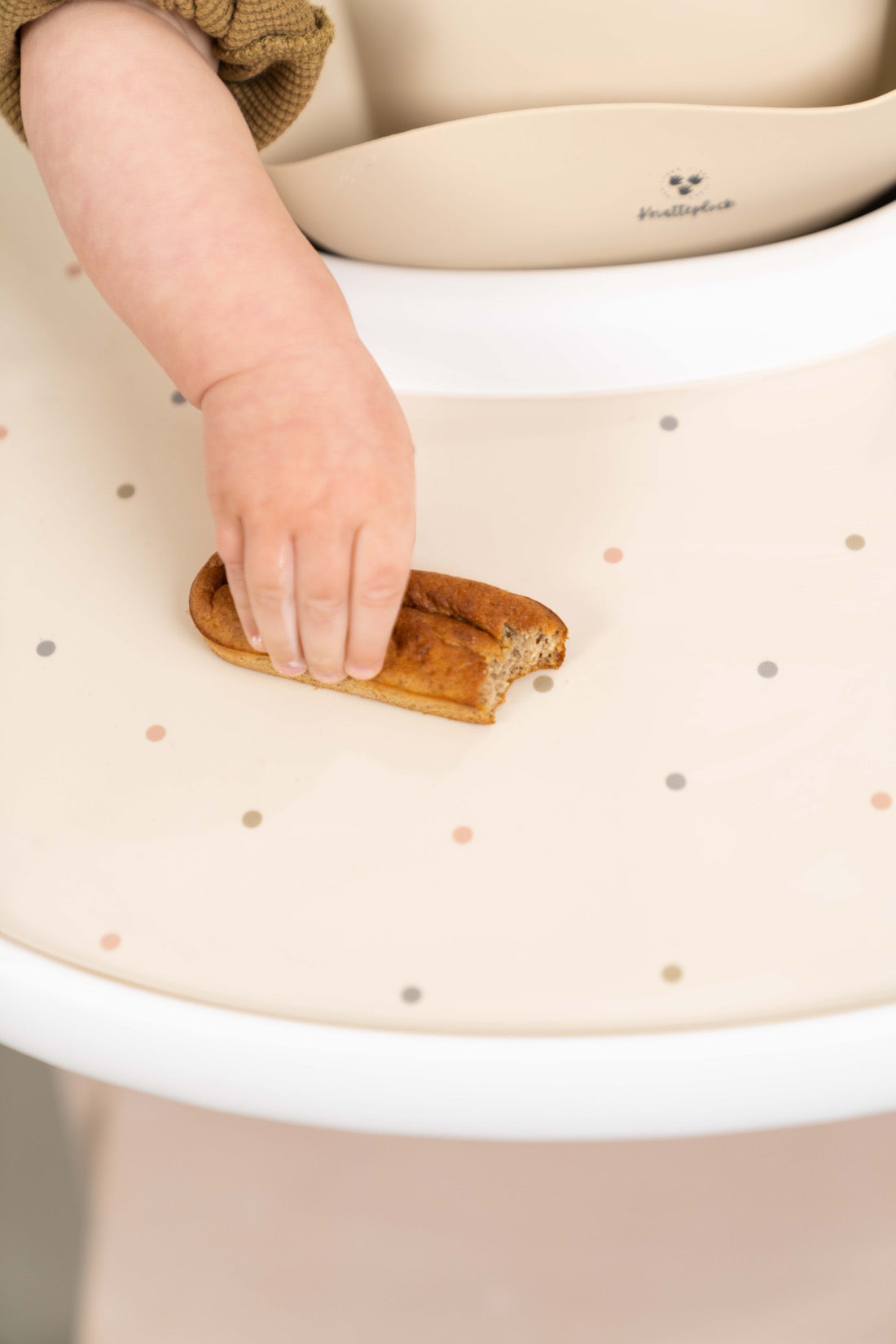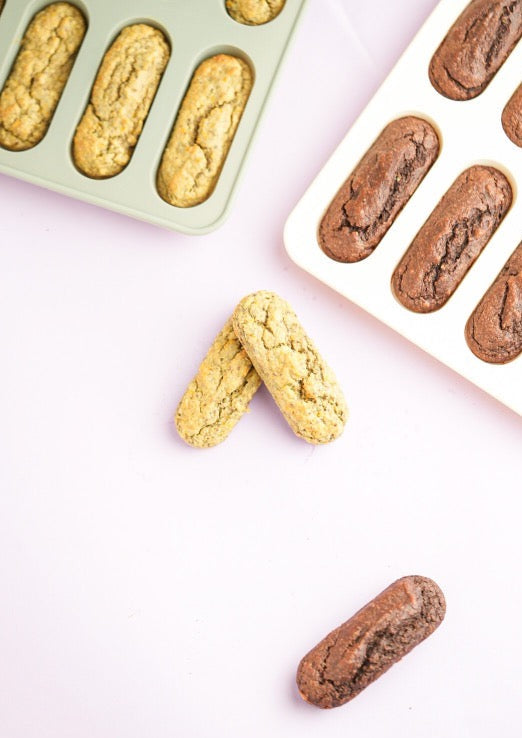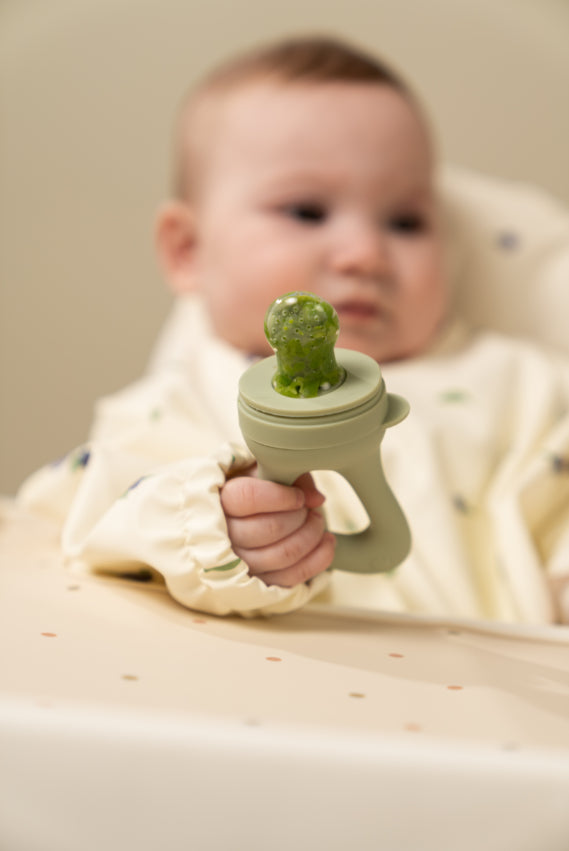Rice is a common part of many families' diets, but when it comes to young children, you should be a little careful with the amount of rice and rice products. Here you will find out more about rice for children, why it may be good to limit it, and what you can give as an alternative.

How much rice can children eat?
Recommendations for rice for young children
The Swedish National Food Agency recommends that children under 6 years of age do not eat rice and rice products, such as rice porridge, rice noodles and rice snacks, more than four times a week. It is also a good idea to avoid rice cakes and rice drinks. Porridge and gruel made from rice can contain arsenic, so it is smart to vary it with other varieties. This reduces the risk of your child ingesting too much arsenic, which is a substance naturally found in rice.
Why is arsenic in rice?
Arsenic is found in bedrock and ends up in rice when groundwater is used for cultivation. The amount of arsenic in rice varies depending on the variety, the area where it is grown, and how it is grown. Although rice is a common part of the diet in many parts of the world, this does not mean that it is always safe to eat large amounts.

But children in other parts of the world eat a lot of rice, right?
It's a good question, but one that doesn't have an obvious answer. One reason could be that the bedrock in some parts of the world contains less arsenic, which means the rice also contains less arsenic. But there are also areas where both adults and children have had symptoms of poisoning. So, it doesn't seem like everyone is doing well from eating a lot of rice.
Things to consider when giving rice to children
What can happen if you eat too much rice?
Eating a lot of rice over a long period of time can negatively affect your health due to arsenic. The concentration of arsenic in rice varies depending on the variety, growing area, growing method, and preparation method. Arsenic is carcinogenic and frequent high exposure can also cause many other health effects, such as cardiovascular disease, liver damage, and chronic cough. Children are generally more sensitive to high intakes of arsenic.
Follow the Swedish National Food Administration's recommendation of rice no more than 4 times a week. As always, it is important to eat a varied diet, i.e. different types of food, and to vary between different brands of rice to reduce the risk of the child ingesting too much arsenic.
Tips to reduce risk
- Vary your diet: Give children other grains such as quinoa, bulgur, couscous or potatoes.
- Change brands: Use different brands and types of rice products to spread the risk.
- Reduce the amount of rice products: Give rice and rice products no more than four times a week.
- Choose other types of porridge and gruel: Try oat, corn or buckwheat porridge and gruel.

Frequently asked questions about rice for children
1. Can you give rice to children?
Yes, rice can be given to children occasionally, but it is important not to overdo it and to vary it with other foods.
2. Is rice dangerous for children?
Rice in large quantities may be unsuitable for children due to arsenic. However, by following the recommendations, you can minimize the risks.
3. What can you give instead of rice to children?
You can vary it with grains such as quinoa, bulgur, couscous, as well as potatoes and other root vegetables.
Recipes with rice:
Discover our divided children's plates:
Summary: rice for children
It's perfectly okay to give rice to young children from time to time, but it's important to keep an eye on the amount and vary it with other foods.
By being aware of this advice, you can contribute to a safer and healthier diet for your child.
Source reference:
Swedish National Food Agency, Food, Arsenic in rice









